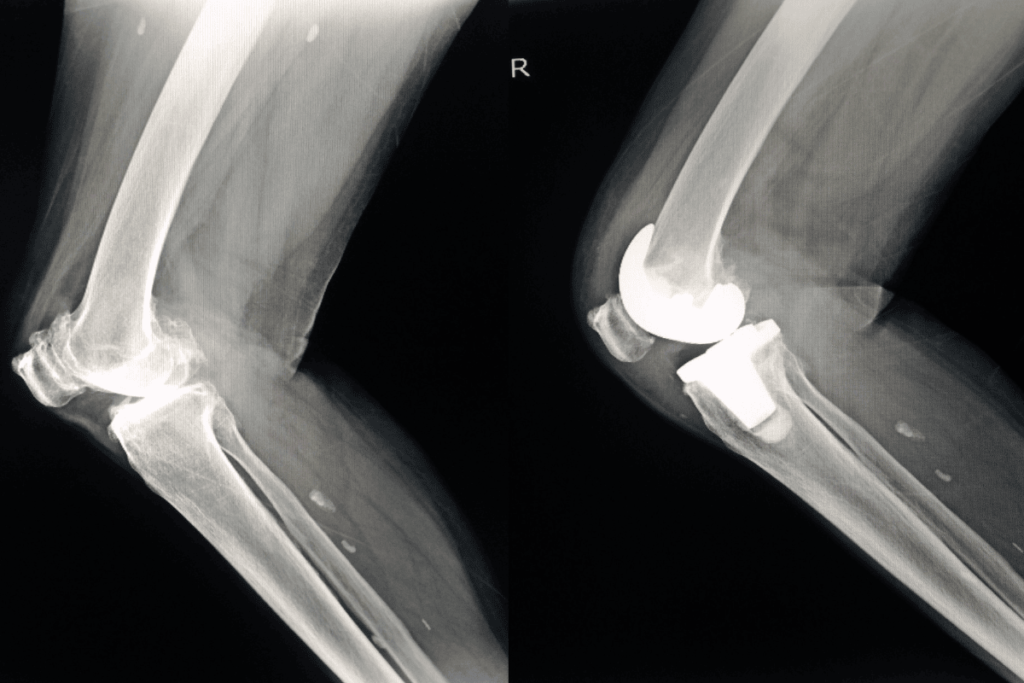Introduction:
Osteochondritis Dissecans (OCD), a condition intricately linked with joint health, unveils itself through a variety of symptoms that serve as vital indicators of underlying joint issues. Timely recognition of these symptoms becomes paramount for initiating early intervention and ensuring effective management of this orthopedic concern. At Texas Foot and Ankle Consultants, led by the esteemed podiatrist Dr. Raymond Delpak, we understand the significance of early detection and targeted management when it comes to Osteochondritis Dissecans. Our commitment to your joint health extends to thorough symptom recognition, accurate diagnosis, and personalized treatment plans designed to restore optimal function.
Common Symptoms of Osteochondritis Dissecans:
Joint Pain and Discomfort: One of the primary indicators of OCD is persistent pain in the affected joint. This discomfort is often heightened during or after physical activities and can range from a dull ache to more severe pain.
Swelling and Inflammation: Individuals with OCD commonly experience swelling in the affected joint, accompanied by inflammation. This is a response to the damage and irritation within the joint.
Limited Range of Motion: Stiffness and a restricted range of motion are prevalent symptoms of OCD. As the condition progresses, affected individuals may find it challenging to move the joint fully, impacting their flexibility.
Joint Instability: Some patients report a feeling of joint instability or a “giving way” sensation. This instability can be especially noticeable during weight-bearing activities, posing challenges for daily movements.
Understanding these symptoms is the first step in seeking timely medical attention. If you’re experiencing any of these indicators, consulting with Dr. Raymond Delpak at Texas Foot and Ankle Consultants is crucial for an accurate diagnosis and personalized treatment plan.
Exploring the Causes of Osteochondritis Dissecans
Unraveling the factors contributing to the development of Osteochondritis Dissecans is essential for tailoring effective treatment strategies. Let’s delve into the various elements that can lead to the onset of this condition.
Trauma or Injury: OCD often arises following joint trauma or injury. An ankle sprain, impact injury, or repetitive stress on the joint can initiate the development of OCD lesions.
Blood Supply Issues: Reduced blood supply to the joint is a significant contributor to OCD. Insufficient blood flow compromises the nourishment and health of the bone and cartilage, leading to the progression of the condition.
Genetic Predisposition: Some individuals may have a genetic predisposition to developing OCD. This genetic influence can contribute to the susceptibility of certain joints to the condition.
Overuse or Repetitive Stress: Engaging in activities that involve repetitive stress on the joints, especially during growth periods, can increase the risk of OCD. This is particularly relevant for young athletes involved in sports with high-impact movements.
By understanding these contributing factors, both patients and healthcare providers can work collaboratively to address the root causes and formulate targeted treatment plans for Osteochondritis Dissecans.
Specialized Osteochondritis Dissecans Treatment at Texas Foot and Ankle Consultants
Ready to take the first step towards relieving Osteochondritis Dissecans symptoms and reclaiming optimal joint health? Contact Texas Foot and Ankle Consultants, where Dr. Raymond Delpak and our expert team specialize in personalized and effective treatment. Don’t let joint issues hold you back—schedule a consultation now to experience the difference of tailored care at Texas Foot and Ankle Consultants.


